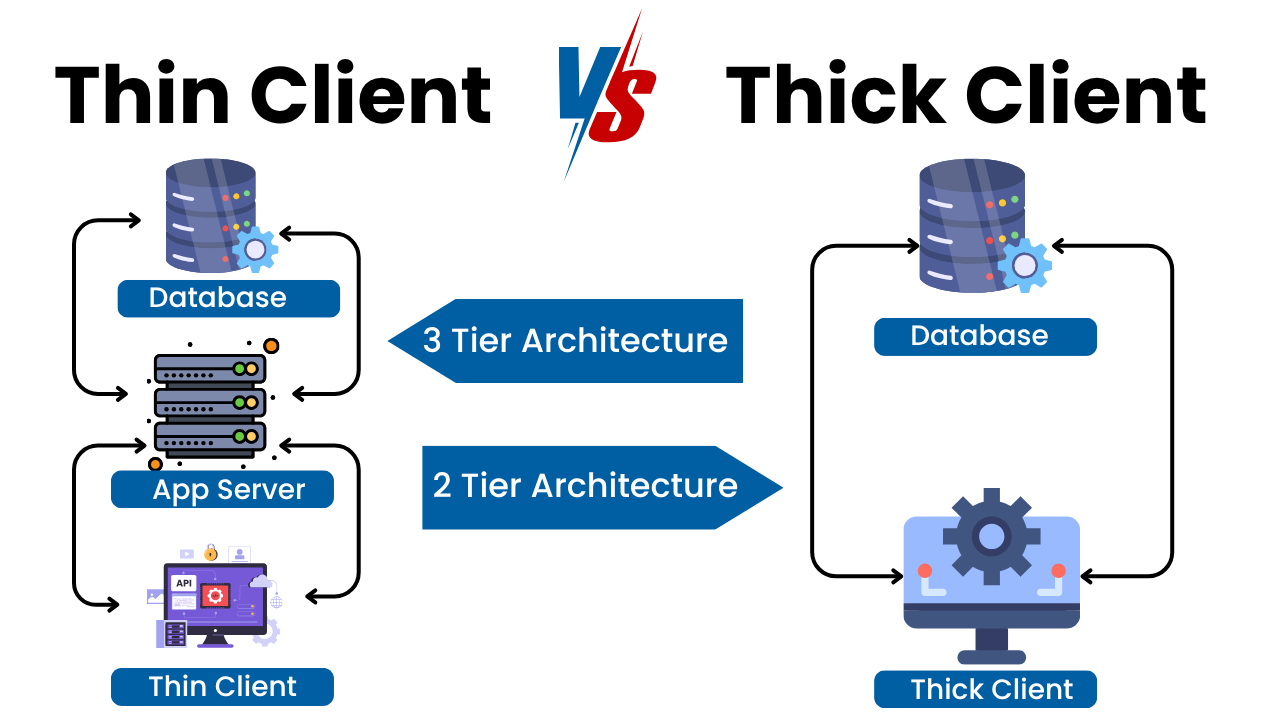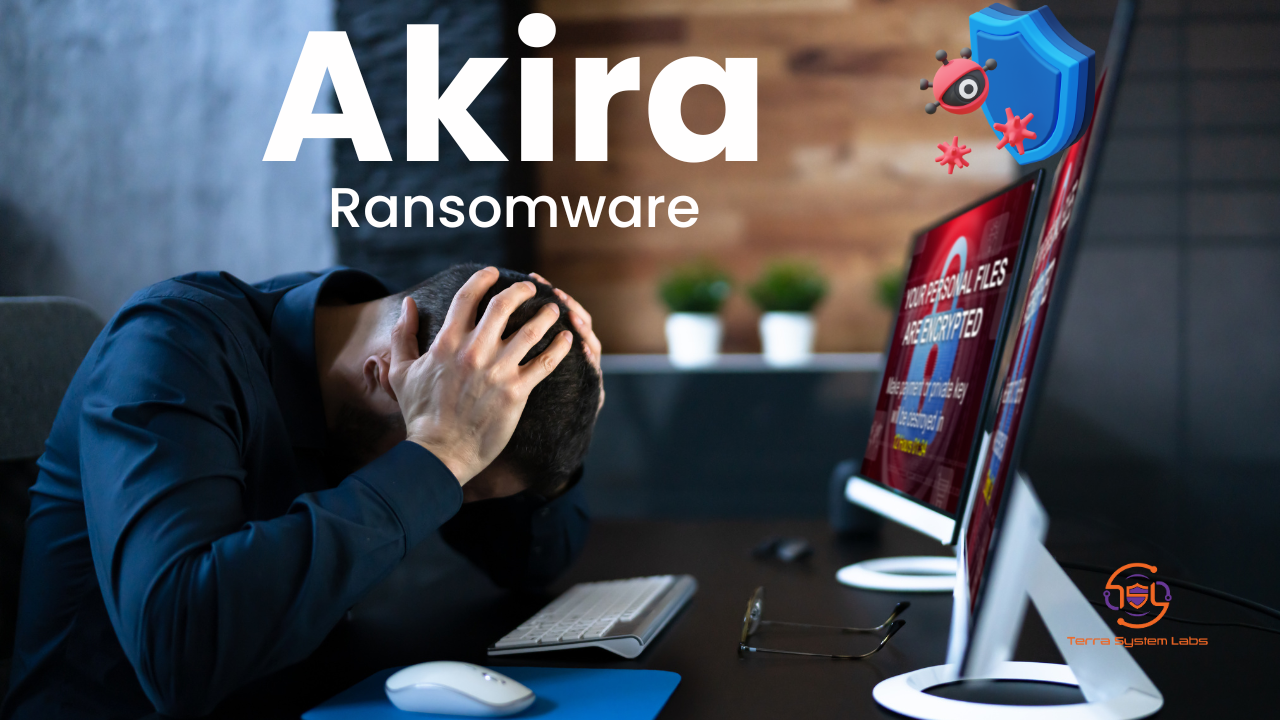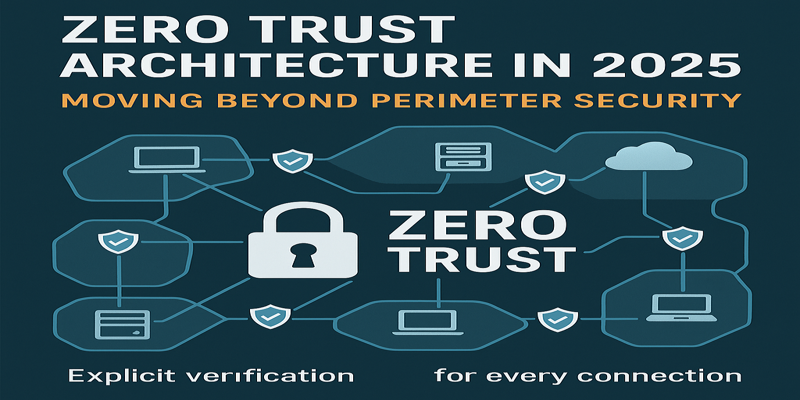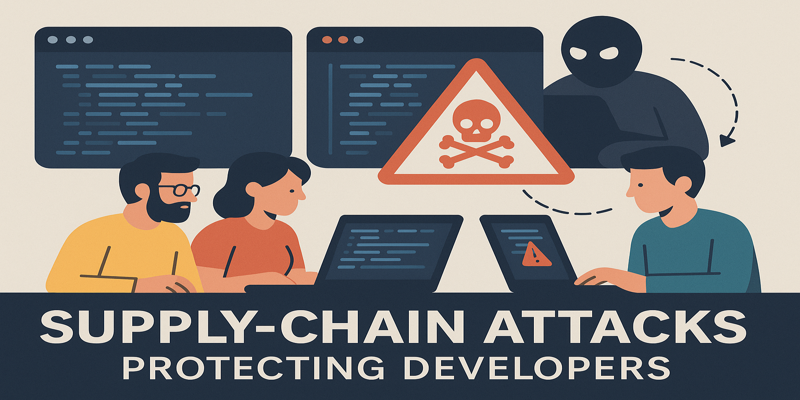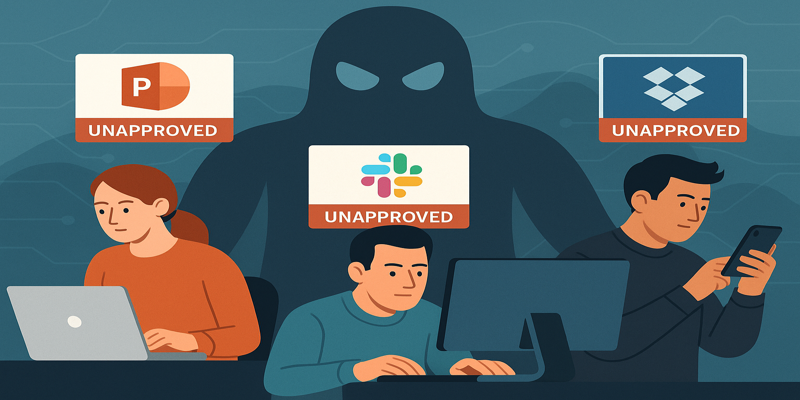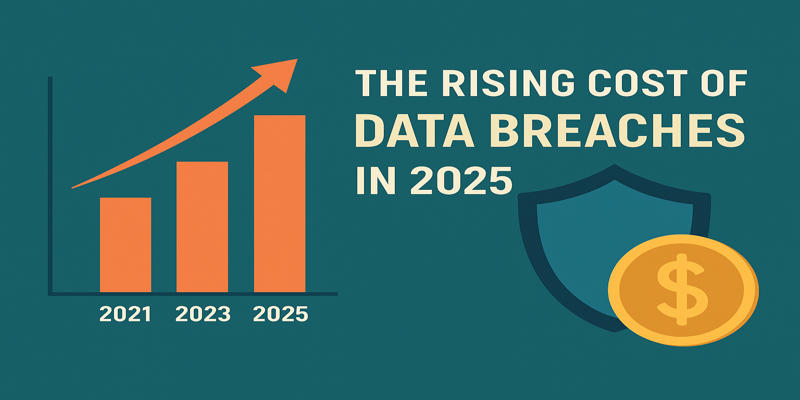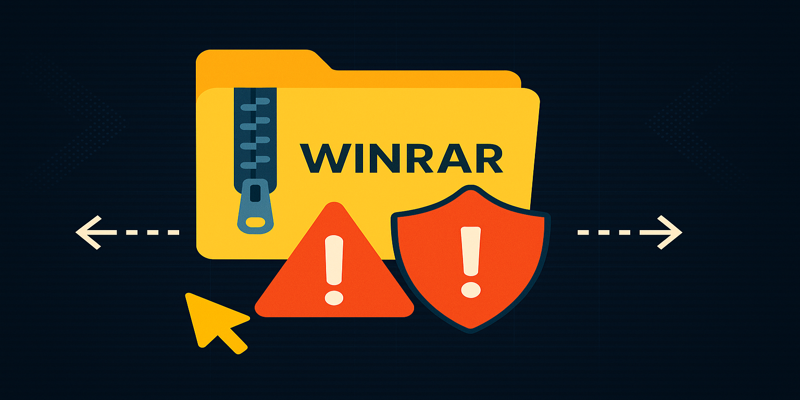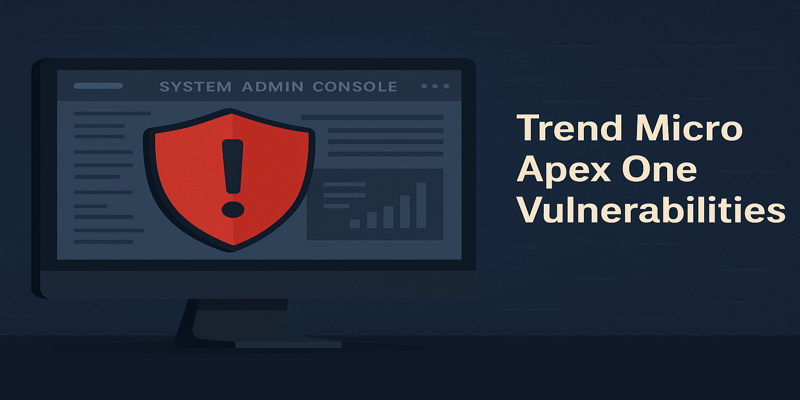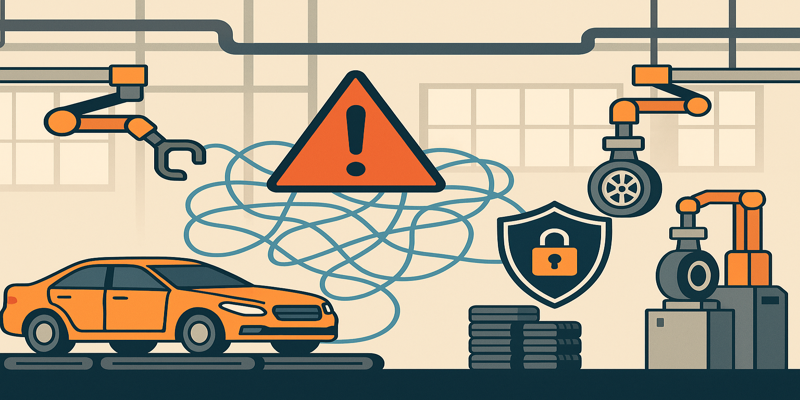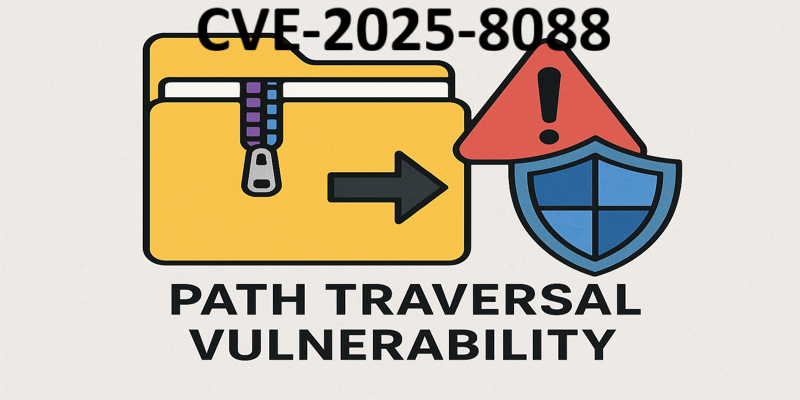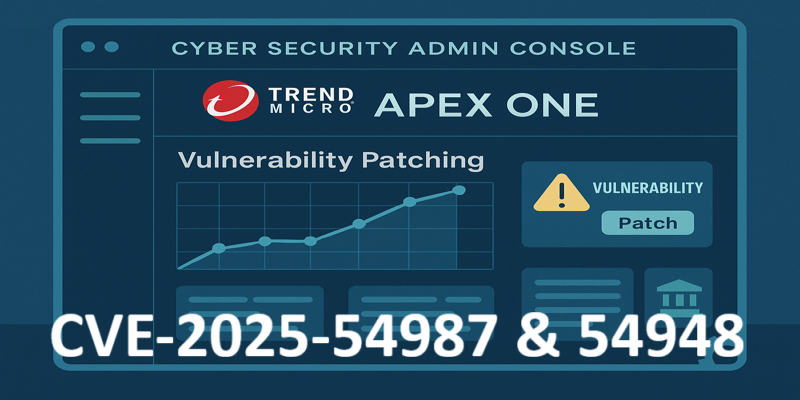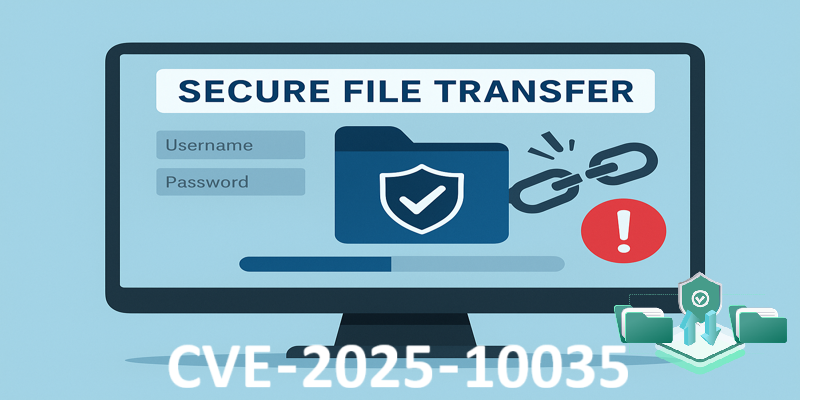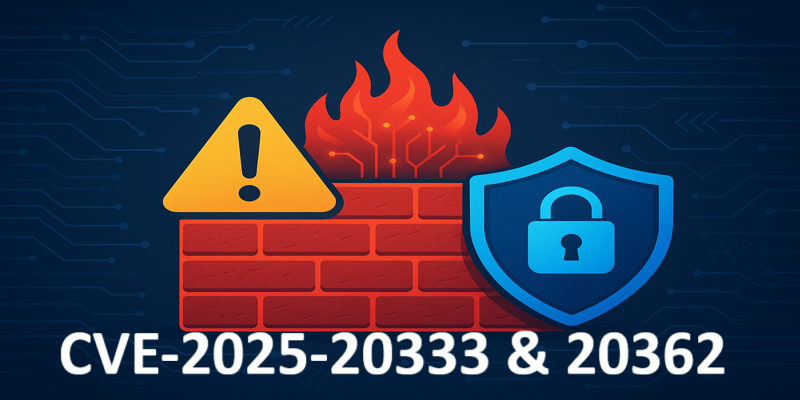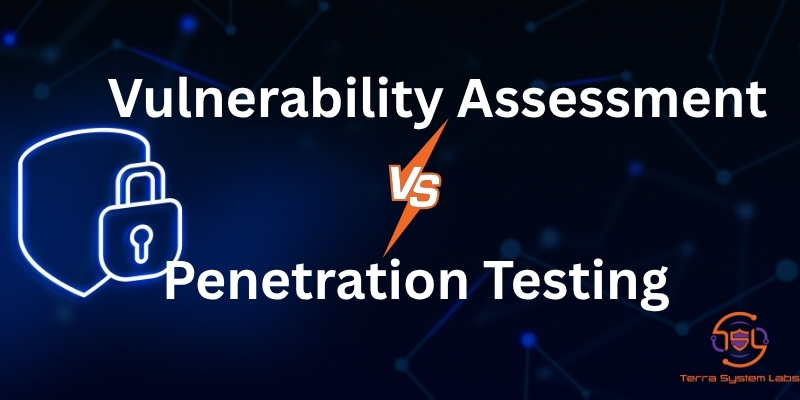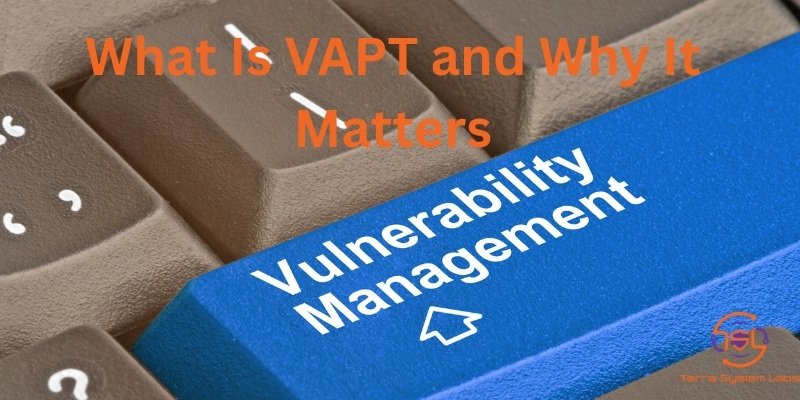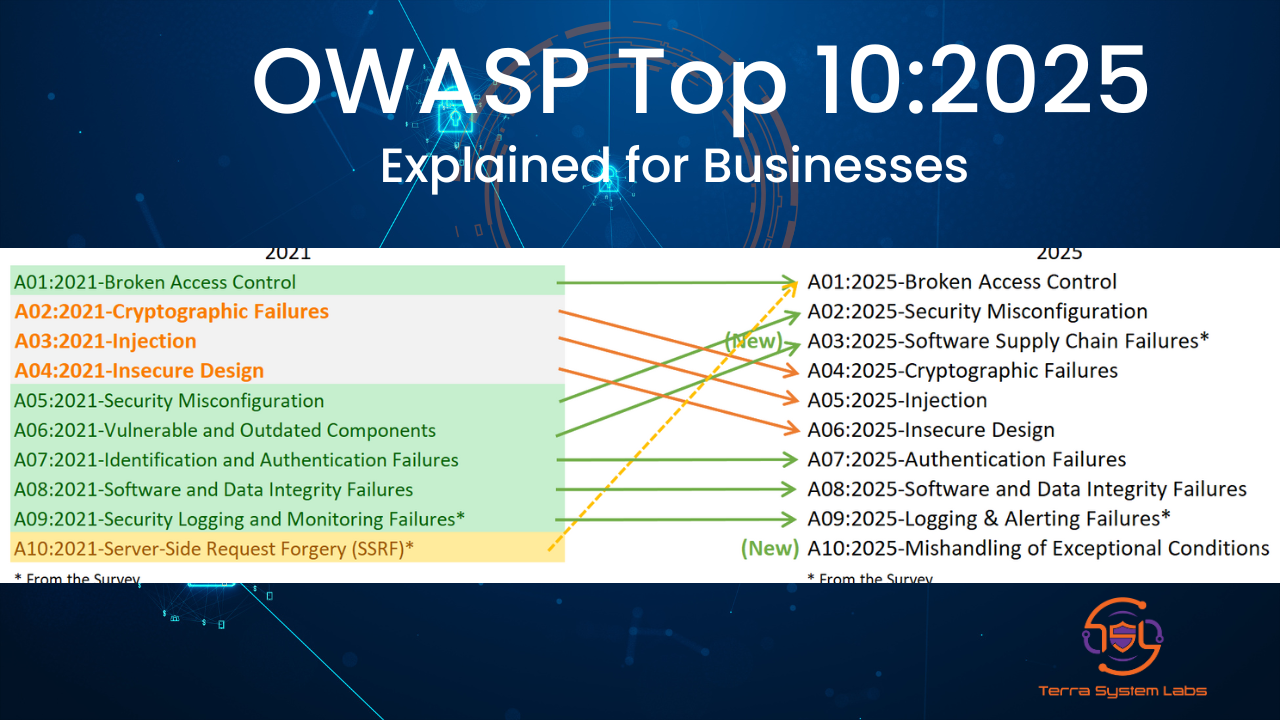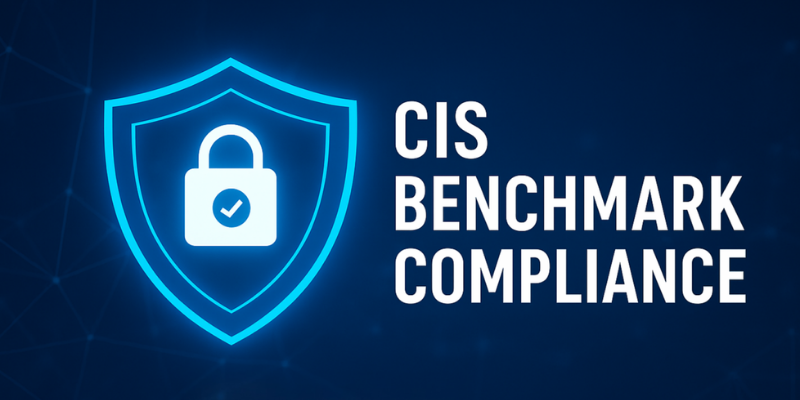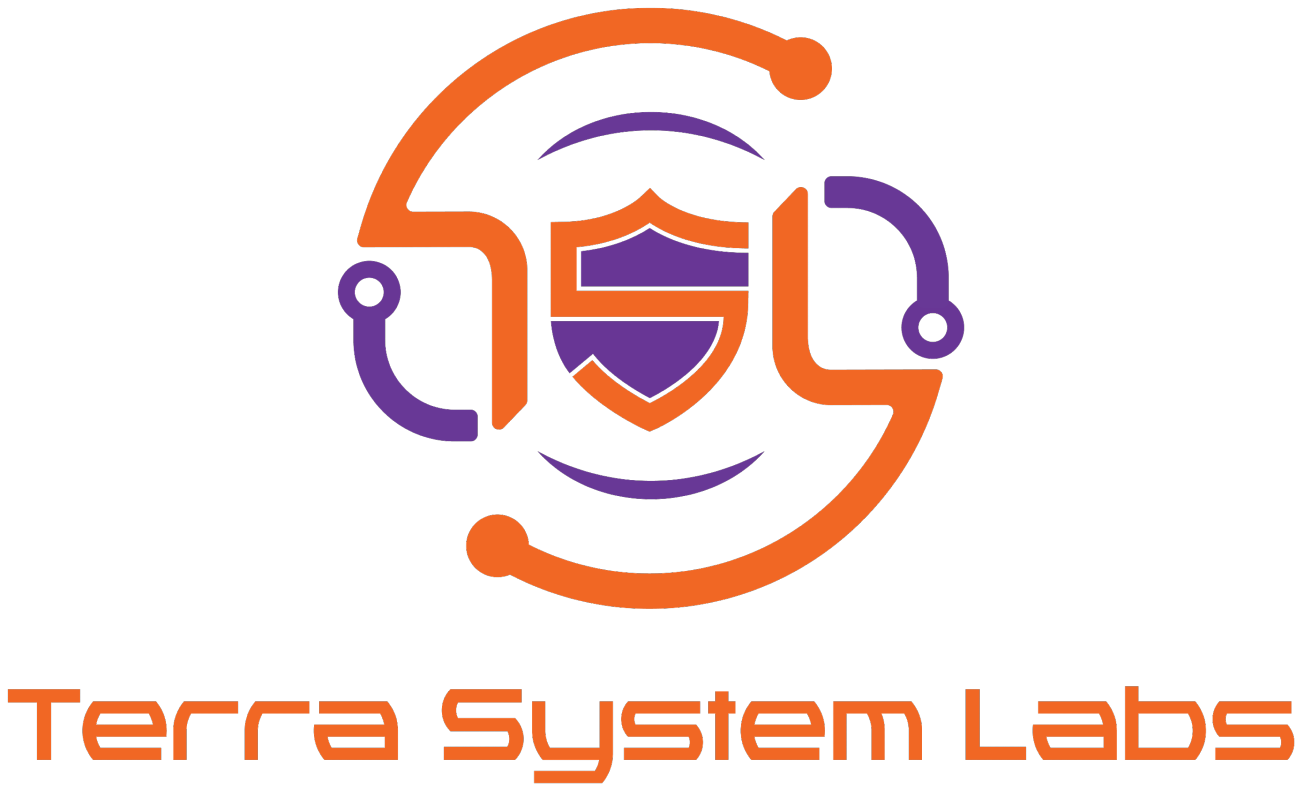Difference Between Vulnerability Assessment and Penetration Testing Explained
In today’s digital-first world, cyber threats are increasing in both complexity and frequency. Businesses of every size face potential attacks that can compromise their data, disrupt operations, and damage customer trust. To stay secure, organizations must test their systems regularly.
Two important security testing methods are Vulnerability Assessment (VA) and Penetration Testing (PT). While both aim to strengthen cybersecurity, they serve different purposes. Many people use these terms interchangeably, but understanding the difference is key to building a strong defense strategy.
This article by Terra System Labs explains what each method means, how they differ, and why both are essential for modern businesses.
What Is a Vulnerability Assessment?
A Vulnerability Assessment is a systematic process used to identify and analyze security flaws within an organization’s network, applications, or infrastructure.
Think of it as a routine health check for your digital environment. It scans your systems for known weaknesses and lists them according to severity. The goal is to find vulnerabilities before attackers do.
Typical checks during a Vulnerability Assessment include:
-
Outdated software or missing security patches
-
Weak passwords and default credentials
-
Misconfigured firewalls and open ports
-
Insecure server or database settings
-
Exposure of sensitive information
The outcome is a comprehensive report that helps your IT team understand what needs to be fixed to reduce risk.
In simple terms: Vulnerability Assessment tells you what is wrong and where your systems are weak.
What Is Penetration Testing?
Penetration Testing, often called ethical hacking, goes a step further. Instead of just identifying weaknesses, it tests how far a real attacker could go by exploiting them.
During a penetration test, security experts simulate actual attacks using the same techniques that hackers might use. This helps determine how effective your defenses are and whether a breach could lead to serious consequences such as data theft or service disruption.
A penetration test helps you understand:
-
How easily vulnerabilities can be exploited
-
What level of access an attacker could gain
-
How effective your monitoring and response systems are
In simple words: Penetration Testing shows you how an attack could happen and how much damage it could cause.
Key Differences Between Vulnerability Assessment and Penetration Testing
Although both serve the goal of improving cybersecurity, their approach and outcomes are different. Here’s a clear comparison:
| Aspect | Vulnerability Assessment (VA) | Penetration Testing (PT) |
|---|---|---|
| Objective | Identify and classify security weaknesses | Exploit weaknesses to test real-world impact |
| Approach | Automated scanning and manual verification | Manual, controlled attacks by ethical hackers |
| Scope | Broad coverage across systems | Focused on selected targets |
| Depth | Detects vulnerabilities but does not exploit them | Exploits vulnerabilities to demonstrate real risks |
| Output | List of vulnerabilities with recommendations | Detailed report with proof of exploitation and business impact |
| Frequency | Regularly (monthly, quarterly, or biannually) | Periodically (once or twice a year) |
| Tools Used | Nessus, Qualys, OpenVAS | Metasploit, Burp Suite, Nmap, custom scripts |
| Performed By | Security analysts | Certified ethical hackers |
| End Goal | Improve system hygiene | Test resilience against real attacks |
Why Both Are Important
While Vulnerability Assessment gives you visibility into weaknesses, Penetration Testing helps you understand the impact of those weaknesses.
Performing both gives your organization a complete security picture. You first identify what needs to be fixed, then confirm that the fixes are effective.
Vulnerability Assessment answers: Where are we exposed?
Penetration Testing answers: Can someone exploit those exposures?
Together, they provide prevention and validation — the perfect balance between proactive and practical security.
When to Perform Each
You can choose which method to use based on your goals and timing.
Vulnerability Assessment is ideal when:
-
You want a quick security overview
-
You’re checking for compliance or audit readiness
-
You’ve made recent infrastructure changes
Penetration Testing is ideal when:
-
You’re launching a new product, app, or cloud service
-
You want to simulate a real-world attack scenario
-
You need to test the effectiveness of your incident response
Best Practice: Combine both at least once or twice a year to maintain continuous protection.
How Terra System Labs Helps
At Terra System Labs, we provide both Vulnerability Assessments and Penetration Testing as part of our comprehensive VAPT services. Our certified cybersecurity professionals use global frameworks such as OWASP, NIST, OSSTMM, and MITRE ATT&CK to deliver accurate, actionable, and compliance-ready results.
Our process includes:
-
Defining scope and objectives based on your environment
-
Performing in-depth scanning for vulnerabilities
-
Simulating controlled real-world attacks
-
Providing detailed technical and executive reports
-
Re-testing after remediation to verify all issues are resolved
We combine automation with expert manual testing to ensure precision, reliability, and zero false positives.
Conclusion
Vulnerability Assessment and Penetration Testing are two sides of the same coin. The first identifies your weaknesses, and the second tests how they can be exploited. When used together, they help you stay ahead of cyber threats, maintain compliance, and protect your organization’s reputation.
With Terra System Labs as your cybersecurity partner, you get expert-led assessments, ethical hacking, and practical remediation advice — all designed to keep your business safe, compliant, and resilient in the ever-changing world of cyber threats.
Get Your Security Tested Today
Contact Terra System Labs or visit terrasystemlabs.com to schedule a consultation and discover how our certified cybersecurity team can help secure your business.
Recent Posts


